This was published 1 year ago
The teens are in trouble: How Victorian children are faring after lockdowns
In this series focusing on the wellbeing of pre-schoolers, school and tertiary students, The Age explores what children and young people need to thrive in a post-pandemic world.
By Wendy Tuohy and Madeleine Heffernan
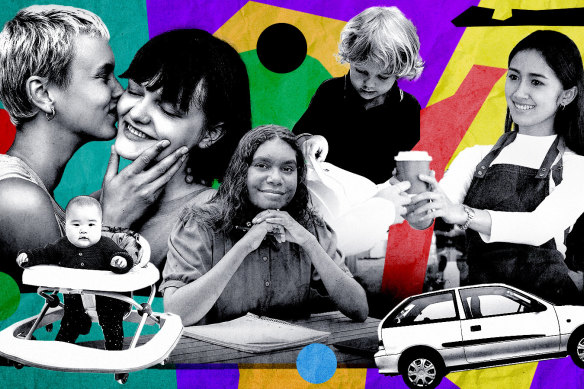
In a series, The Age is exploring the effects of the pandemic on Victoria’s children and young people.Credit: Illustration: Aresna Villanueva
Younger children are recovering from the lingering effects of lockdowns faster than Victorians aged to 12 to 24, but the mental health of young adults continues to be worse than in other states.
Levels of mental distress among young Victorians are still of serious concern to experts who spoke to The Age for a series on the wellbeing of pre-schoolers, school and tertiary students two years after lockdowns ended. But parents, students and experts say there are signs of improvement among the 1.69 million Victorians from birth to 24.
Academic performance has not declined markedly after remote learning, and in the years since lockdowns ended on October 21, 2021. However, as researchers say the wellbeing of secondary students continues to slide, parents are being urged to engage with schools.
Professor Kim Cornish, founding director of the Turner Institute for Brain and Mental Health, says anxiety is still widespread among young children, but some are proving to be robust.
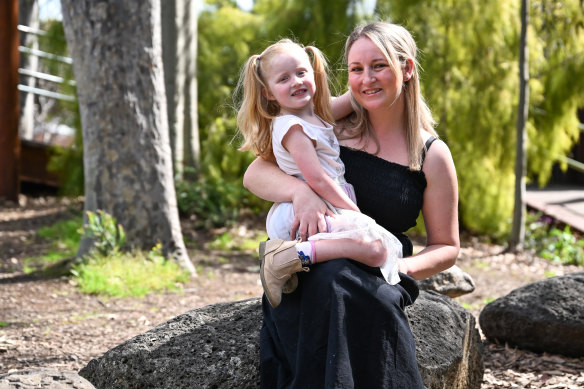
Young children, like Mylah Dovaston-Zietara, pictured with mother Kylie Dovaston, are doing better in the years since lockdowns than older age groups.Credit: Joe Armao
“There are children who are recovering; for example when the school gates first opened, it was a trickle, and now it’s a walk,” said Cornish, who has just released a book, The Post-Pandemic Child, to help parents and educators understand impacts and challenges for children.
“It’s not a run yet: children on the whole are going back to school, but they have pockets of missing things they should have had. So they’re learning them – like how to speak to your teacher and how to be a good peer.
“With some children, there is this robustness; they’re the ones that started off well-adjusted in primary school. Does the average child feel robust? Probably not.”
This is although in the last, three-yearly Australian Early Development Census – in 2021 – Victorian children had among the best results.
The census measures physical health and wellbeing, social competence, emotional maturity, language, cognitive and communication skills, and NAPLAN.
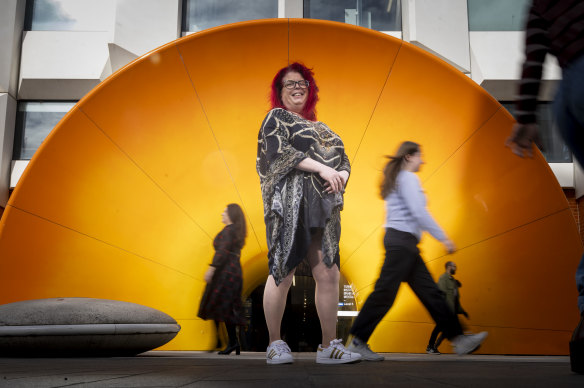
Developmental neuroscientist Professor Kim Cornish has examined the lasting effects of lockdowns in her book, ‘The Post-Pandemic Child’.Credit: Wayne Taylor
Meanwhile, nearly 40 per cent of 16 to 24 year-olds reported having a mental health disorder between 2020 and 22, data released by the Australian Bureau of Statistics on October 5 revealed.
Girls and young women were especially affected, as 45.5 per cent said they experienced a mental health condition in the previous year (anxiety being the most common), compared with 32.4 per cent of boys and young men. Mental ill-health in young people had jumped 50 per cent since 2007.
The Age has spoken to dozens of researchers, youth advocates and mental health experts, academics, principals and young people to give parents an understanding of how they could support their young people.
Mother of two Kylie Dovaston is among parents who feel lockdown effects can still be seen in her five-year-old, Mylah, but says these are diminishing.
“I think lockdown kids have a bit more anxiety with people as they spent a lot of their time at home,” she says. Mylah is “getting there with time; she just needs a bit of encouragement and support.”
Experts, including clinical psychologist Andrew Fuller, say it is too early to tell what long-term impacts of lockdowns may be on young children who formed their earliest impressions of adults while they were wearing masks.

Sacred Heart School principal Matthew Shawcross (right) with student Kaien Vu and his mother, Linh Nguyen, says students are doing well overall.Credit: Joe Armao
He said his greatest concern was for tertiary-aged young people.
Inner-city primary school principal Matthew Shawcross said that while overall, his students were doing very well, socially and emotionally there were strains, particularly among year 3s. He described the cohort as “still a work in progress”.
Specialist researchers including Dr Katherine Dix, of the Australian Council for Educational Research, say data soon to be released shows the welfare of secondary students is still declining.
“To see things dropping in hundreds of thousands of kids, it’s pretty clear something’s happening.”
Year 12 boys’ school student Ravin Desai says that friendship groups had split post-pandemic as some people had grown up while relying on their own resources. They used the freedom to explore and develop, while others “didn’t mature at all”.
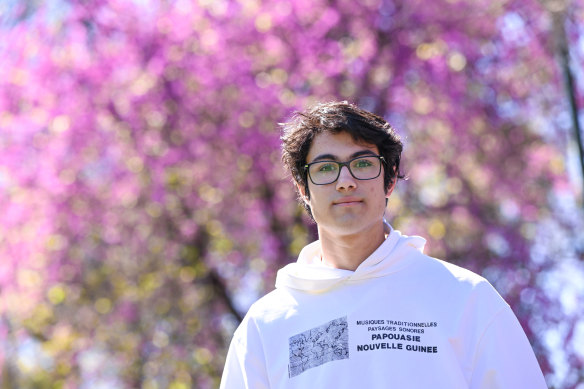
Ravin Desai said friendship groups had split after lockdowns, as some people matured while isolated, and others didn’t.Credit: Joe Armao
Young people aged 18 to 24 are also still showing signs that since the pandemic crisis point has passed, their anxiety has not abated.
Lucas Walsh, director of the Monash Centre for Youth Policy and Education Practice described mental health data about tertiary-aged students and young people as “a proper crisis”.
“Unprecedented is overused, but it is unprecedented ... it would be the number one most pressing concern.” Even so, he says they remain hopeful and are remarkably resilient.
Media and communications student Zahra Jali, 22, said relationships among young people had changed due to long stretches spent apart, and the lack of social support had taken a toll on her mental health.
Though “it was hard for me to build that social connection again”, the experience taught her not to be too stressed about the future, and to enjoy the present: “That’s one of the good things that came out of lockdown for me.”
Young people were reporting more anxiety and depression as the effects of years of loneliness continued to be felt, said Dr Kate Filia, senior research fellow at Orygen, the centre for youth mental health. She said they were arriving for treatment with more severe and more complex illnesses.
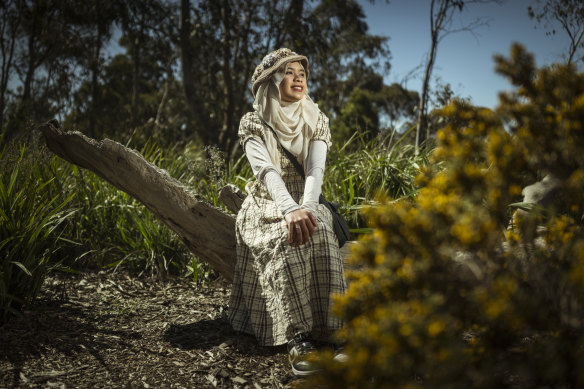
Student Zahra Jali, 22, says lockdown has taught her to enjoy the present rather than stress too much about the future.Credit: Chris Hopkins
But they were also making active efforts to create new relationships with others by going to groups and hangouts “really being very explicit about wanting to connect [with new people]“.
Experts, including Victoria’s Commissioner for Children and Young People Liana Buchanan, say children already experiencing disadvantage or vulnerability remain worst affected.
”Future government measures to address public health emergencies must include an assessment of the impacts on children and young people,” she says.
If you or anyone you know needs support call Kidshelpline 1800 55 1800, Lifeline 131 114, or Beyond Blue 1300 224 636.
The Morning Edition newsletter is our guide to the day’s most important and interesting stories, analysis and insights. Sign up here.